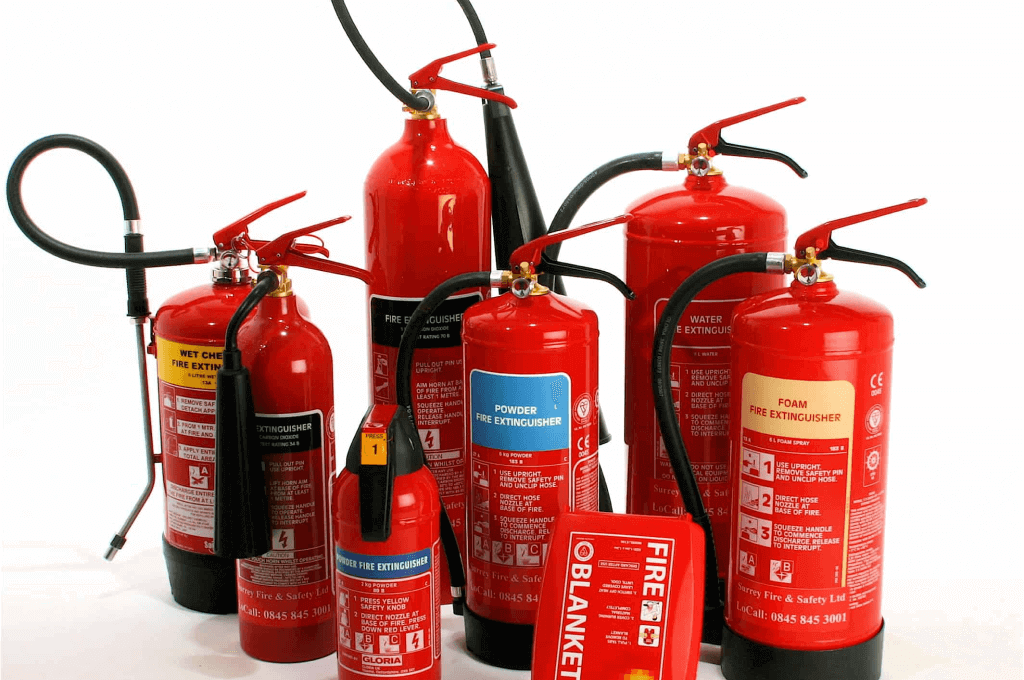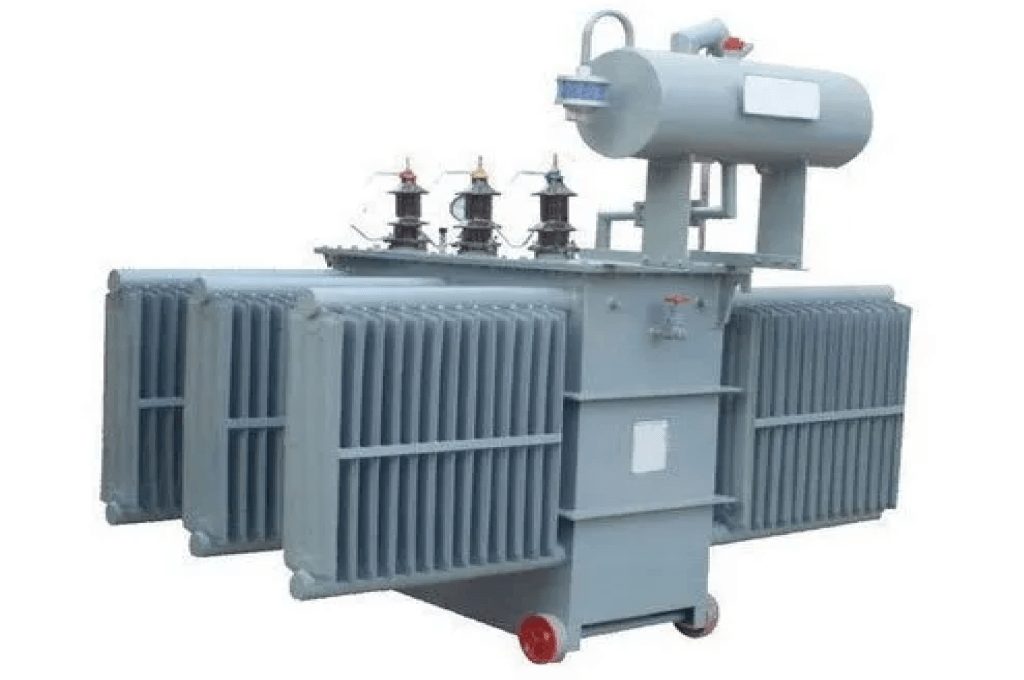BUY FIRE EXTINGUISHERS

EXTINGUISHERS
Brands
- EXFLAME
- SAFEX
- MINIMAX
- JYOTI
- GETECH
- NEWAGE
- CEASEFIRE
- SAFEGUARD
- & Many More
Fire extinguishers are portable firefighting devices designed to control and extinguish small fires. They come in various types, such as water, foam, CO2, dry chemical, or wet chemical extinguishers, each suitable for specific classes of fires. Properly located and easily accessible extinguishers are crucial for early-stage fire suppression, giving occupants a chance to tackle the fire before it spreads or while evacuating.
Fire extinguishers are crucial components of fire safety systems, playing a vital role in preventing small fires from escalating into major emergencies. Proper procurement of extinguishers is essential to ensure the safety and protection of individuals and property in various environments.
Understanding Extinguisher Procurement
Procuring fire extinguishers involves a systematic process aimed at selecting and acquiring the most suitable extinguishers for specific fire safety needs. This process requires careful consideration of various factors to ensure optimal outcomes.
Types of Fire Extinguishers Available
There are several types of fire extinguishers available, each designed to combat specific types of fires using different extinguishing agents. Understanding the characteristics and applications of each type is essential for making informed procurement decisions.
Procurement Planning and Preparation
Effective procurement planning begins with assessing fire safety needs and risks, identifying specific extinguisher requirements, researching suppliers and manufacturers, and obtaining quotations and proposals.
Vendor Selection and Evaluation
Selecting the right supplier or manufacturer is crucial in extinguisher procurement. This involves evaluating supplier reputation and experience, reviewing product specifications and certifications, comparing pricing and value propositions, and conducting supplier audits and site visits.
Negotiation and Contracting
Negotiating favorable terms and conditions of purchase and finalizing contracts and agreements while ensuring compliance with legal and regulatory requirements are critical steps in the procurement process.
Implementation and Integration
Once extinguishers are procured, planning for installation and deployment, coordination with fire safety personnel and contractors, training personnel on extinguisher operation and maintenance, and testing and commissioning extinguisher systems are essential tasks.
Maintenance and Inspection
Establishing a regular maintenance schedule, conducting routine inspections and testing, and addressing maintenance issues and repairs are necessary for ensuring the continued effectiveness and reliability of extinguishers.
Monitoring and Evaluation
Establishing performance metrics and key performance indicators (KPIs), monitoring extinguisher effectiveness and performance, and conducting post-implementation reviews are essential for continuous improvement in fire safety practices.
Conclusion
In conclusion, effective extinguisher procurement requires careful planning, evaluation, and collaboration to ensure the selection and acquisition of suitable extinguishers for specific fire safety needs. By following a structured procurement process and prioritizing quality and reliability, organizations can enhance their overall fire safety practices and mitigate risks effectively.




